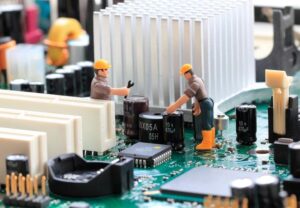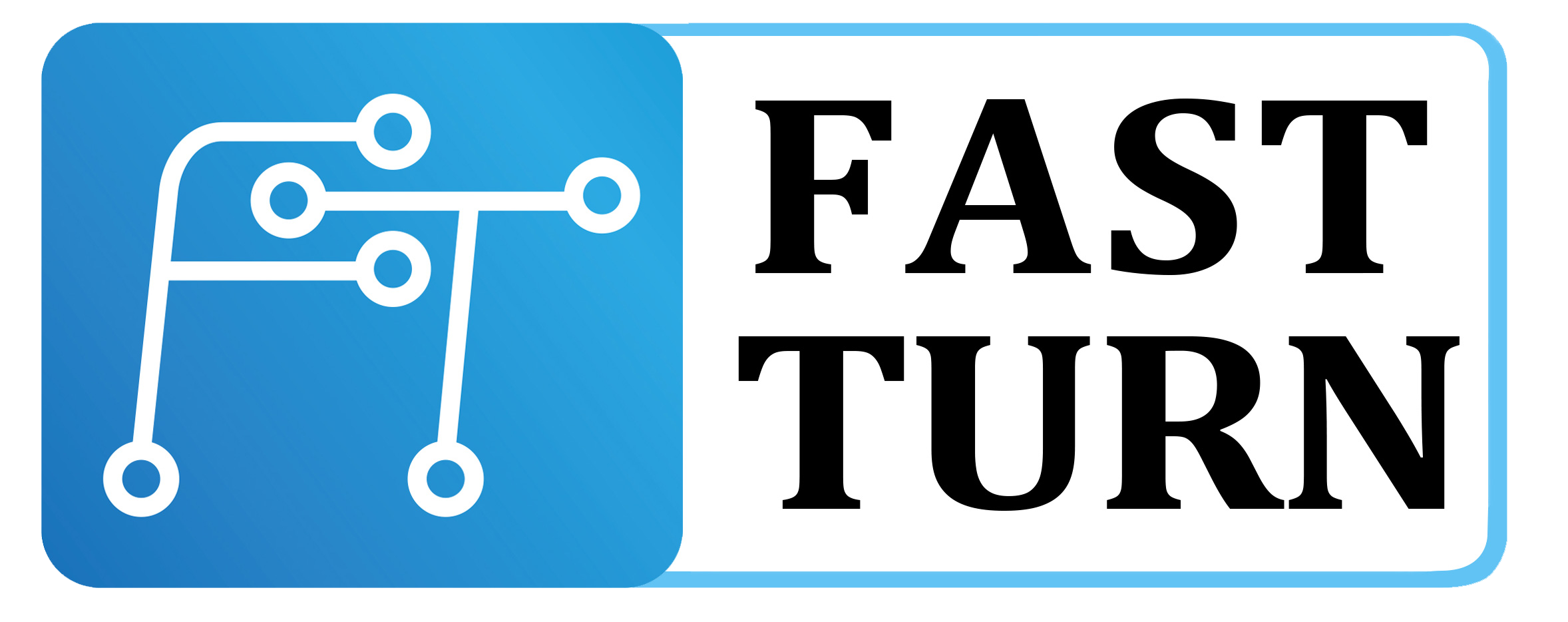NEWS

9 PCB layout principles
PCB layout is an important part of electronic design, which directly affects the performance, reliability, manufacturability, and cost of circuits.

The inspection steps that circuit boards need to go through before leaving the factory
The inspection steps that circuit boards need to go through before leaving the factory,In order to ensure the quality and performance of the circuit board meet the standards, a series of strict inspection processes must be carried out before leaving the factory.

Preparation work before mass production of PCBA
Preparation work is crucial before mass production of PCBA, including circuit board design and verification, component procurement and confirmation, circuit board production process preparation, SMT process documents and production files, circuit board sample inspection and verification, etc.

The functions of each layer on the circuit board
PCB is composed of multiple layers of materials, each layer has its specific function, and each layer cooperates with each other. Each layer has its specific function and importance, together forming a complete electronic circuit.

The role of circuit board color, why has green become the mainstream choice?
The choice of circuit board color mainly depends on the actual application scenario and personal preferences. Green circuit boards are widely used due to their visual advantages, manufacturing accuracy, and protective performance.

Special methods for wiring design of eight circuit boards
PCB wiring is an important step in the design and manufacturing of electronic devices. Different PCB wiring methods have their unique advantages and applicable scenarios. Designers need to choose the appropriate wiring method based on the functional requirements, operating frequency, and design specifications of the circuit.

Storage conditions for PCB circuit boards
Proper storage is crucial for the quality and reliability of PCBs. Temperature and humidity control, anti-static measures, appropriate storage methods, and regular inspections can effectively extend the service life of PCBs.
Reasonable storage not only helps improve the reliability of products, but also provides a solid guarantee for subsequent production and assembly.

Requirements for Industrial Control PCBA Board
the requirements for industrial control PCBA boards involve multiple aspects, including PCB board and thickness, layer structure and number of layers, size and shape, line width and spacing, surface treatment, wiring holes and impedance control, tolerance and quality control, as well as environmental protection and compliance.

The difference between high-speed PCB and ordinary PCB
The main differences between high-speed PCBs (printed circuit boards) and ordinary PCBs are reflected in multiple aspects such as design goals, signal transmission performance, material selection, manufacturing processes, and application scenarios.

Key elements for determining the quality of FPC circuit boards
How to determine its quality has become a focus of attention for manufacturers and buyers. This article will comprehensively analyze how to determine the quality of FPC circuit boards from multiple aspects such as appearance, electrical performance, physical performance, and reliability testing.

Complete Classification of PCB Circuit Boards
Complete Classification of PCB Circuit Boards,There are multiple classification methods for PCB (printed circuit board) circuit boards, and the following is a detailed summary based on different classification standards:

What documents are required for PCBA processing
What documents are required for PCBA processing,When processing or sampling PCBA, the following documents are usually required: Gerber files, schematics and wiring diagrams, component lists, MCU program files, engineering instructions, PCBA patch coordinate files, etc.





